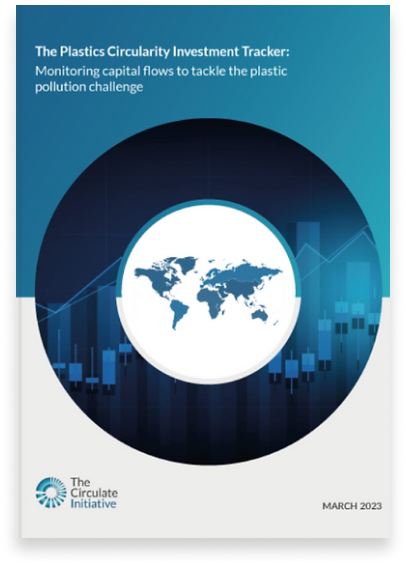

Monitoring Capital Flows to Tackle the Plastic Pollution Challenge
An 80% reduction of plastic leakage into the ocean is possible by 2040 if we combine upstream and downstream solutions to achieve system change. However, the transition to a circular economy for plastics will require an investment to the tune of billions of dollars. Corporations, investors, and governments are currently not equipped to fund the plastics circular economy at scale as they do not have access to the necessary tools and information to evaluate investment opportunities.
This report draws on findings from the world’s first Plastics Circularity Investment Tracker launched in March 2023, which tracks private investments in the circular economy in emerging markets. The insights from the first version of the Investment Tracker provide a baseline understanding of the investment landscape for stakeholders taking on the plastic pollution challenge by identifying the amount of private capital that has been deployed across a range of emerging markets and the plastics value chain, the types of plastics circularity solutions receiving investments, and key trends and opportunities in the plastics circularity space.
Key takeaways from the report include:
- Approximately US$ 850 million of private investments was made annually in plastics circularity solutions across emerging economies, significantly lower than the estimated US$ 27.5 billion a year needed to fund basic waste management infrastructure in these markets.
- Among emerging economies, Asia is receiving the majority of capital for plastics circularity, accounting for US$ 3.5 billion or 87% of total funding.
- Downstream solutions such as recycling and recovery received the highest investments during the period studied (US$ 3.6 billion or 88% of total funding). On the contrary, only US$ 280 million (7% of total funding) was directed to upstream solutions such as bioplastics.
